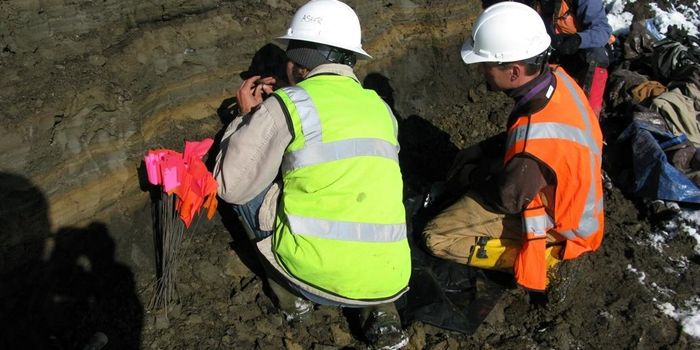There couldn't be two climates that differ more from each other than the Sahara Desert and the Amazon Rainforest, but as NASA research shows, the two are connected in a very important way.
Strong winds that originate in Chad, on the African continent, stir up enormous amounts of dust that then enter the upper atmosphere and are swept along across the Atlantic Ocean for 10,000 miles, ultimately reaching the lush Amazon basin. Approximately 15% of the desert dust is deposited in the rainforest bringing vital phosphorus to the plants that grow there.
Phosphorus is scarce in the rainforest and the dust from the Sahara keeps many of the diverse plant species there alive. Scientists at NASA's Goddard Space Flight Center are studying the dust pattern and how it's changed over time with the CALIPSO (Cloud-Aerosol Lidar and Infrared Pathfinder Satellite Observations) satellite. From the data collected by the satellite, NASA has been able to create 3D models of the dust stream and track changes in the amounts of dust. Their findings indicate that winds in the desert, as well as rainfall are responsible for the variability in the models from 2007-2011.








